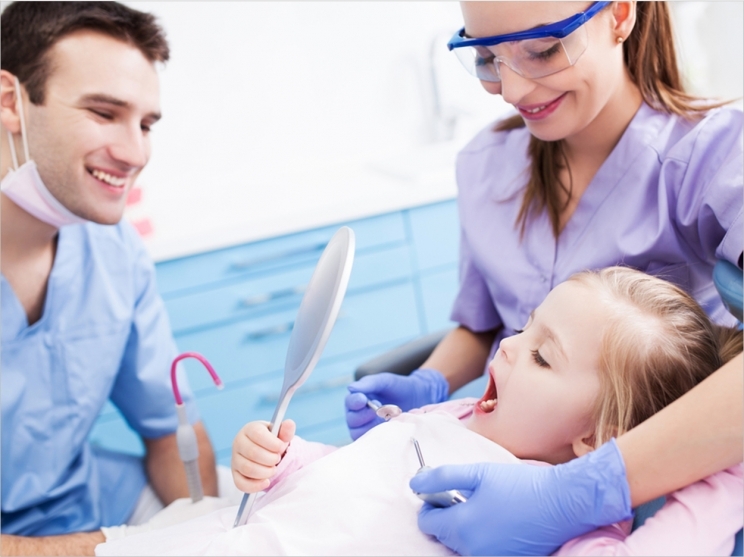
Cameron Randall, PhD, of the University of Washington (UW) School of Dentistry has received a five-year, approximately $800,000 career development grant from the National Institutes of Health to study how children experience dental pain and how that experience affects their oral health into adulthood.
Dental anxiety prevents people from seeking the oral healthcare they need, exacerbating any problems they may have, the dental school reports. Also, more than 70% of adults who report moderate to high levels of this anxiety started experiencing it when they were children.
Painful dental experiences are known to be a risk factor for dental fear, UW continues, noting that 35% of children between the ages of 6 and 14 say they have experienced pain in the dental chair.
“We know that dental care providers don’t always systematically and uniformly measure patients’ pain during treatment,” said Randall, a clinical psychologist and acting assistant professor at the UW School of Dentistry.
“So, my study will be looking at the pain assessment practices of pediatric dentists and general dentists who work with a lot of pediatric patients,” said Randall.
Randall has a history of researching pain perception and the interaction between pain and fear. He has explored the genetics behind the experience of pain, determining that “fear of pain, a predictor of dental fear, is genetically linked to dental phobia,” he said.
In his research and clinical practice outside of dentistry, Randall has seen how effective assessment of pain has been standardized and implemented in medical settings such as burn units and pediatric outpatient clinics, where standard behavioral pain measurement tools and patient-reported scales such as faces depicting rising levels of stress are used.
“And I knew from my experience doing dental research, that’s not how pain is being assessed in dentistry, at least not routinely. Pain measurement in dentistry appears to be less structured, with more variability from provider to provider,” Randall said.
Randall’s research will tackle this issue in three main phases.
First, he will determine what scientists know about assessing pain and how they currently go about it. He plans a series of surveys, starting with what aspiring dentists are taught in school and then conducting a nationally representative survey of practicing dentists to identify barriers to using standardized assessment tools.
Second, he will create an implementation strategy to improve use of these assessment tools and conduct pilot studies with dentists to test the “appropriateness, acceptability, and feasibility” of the strategy.
Third, he will develop a plan to scale up the implementation strategy so more pediatric dental practices can use it to improve approaches to pain management and prevent patient distress, with the long-term goal of reducing dental fear and related health consequences.
“That children can experience pain in the dental chair, combined with some genetic predisposition to experiencing and fearing pain more acutely, makes the routine, systematic assessment of pain important for improving adult feelings about dental care and motivation for going,” said Randall.
Related Articles
Prevention Preferred in Fighting Children’s Tooth Decay
Two-Stage Injection Spares Pain for Pediatric Patients
Resources Use Cognitive Behavioral Therapy to Ease Pediatric Dental Anxiety











